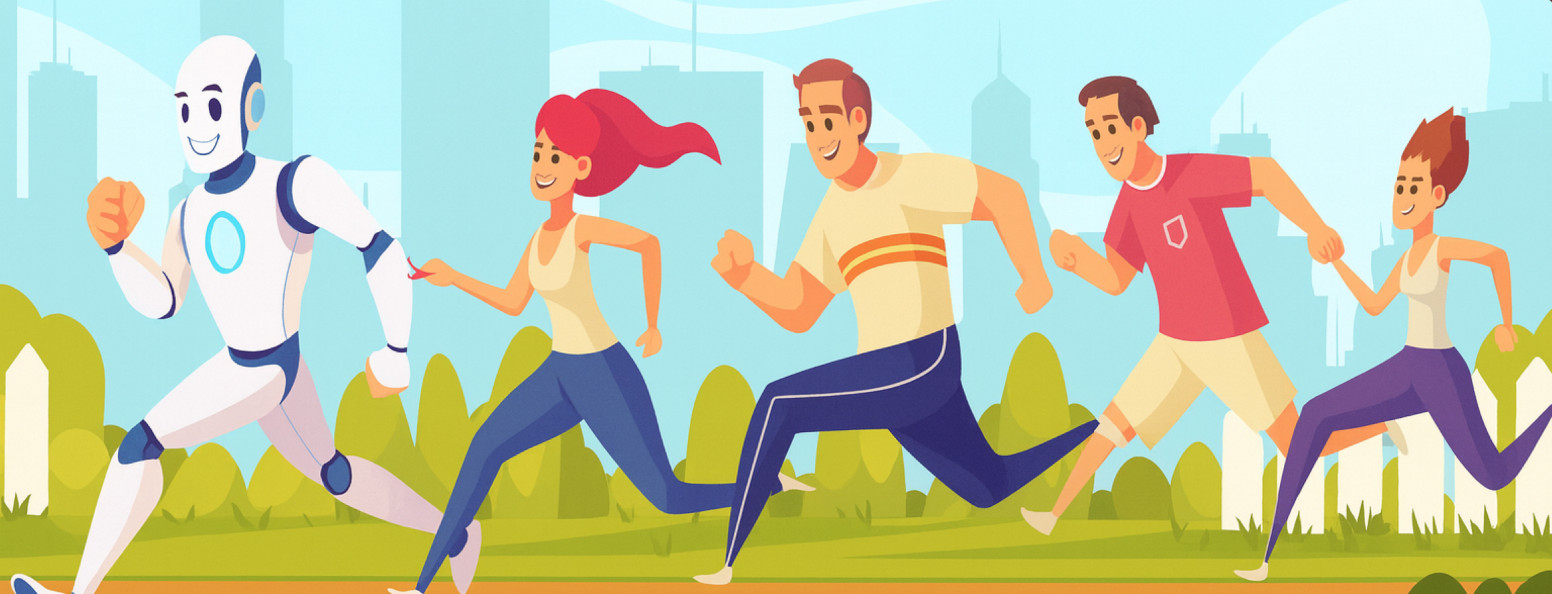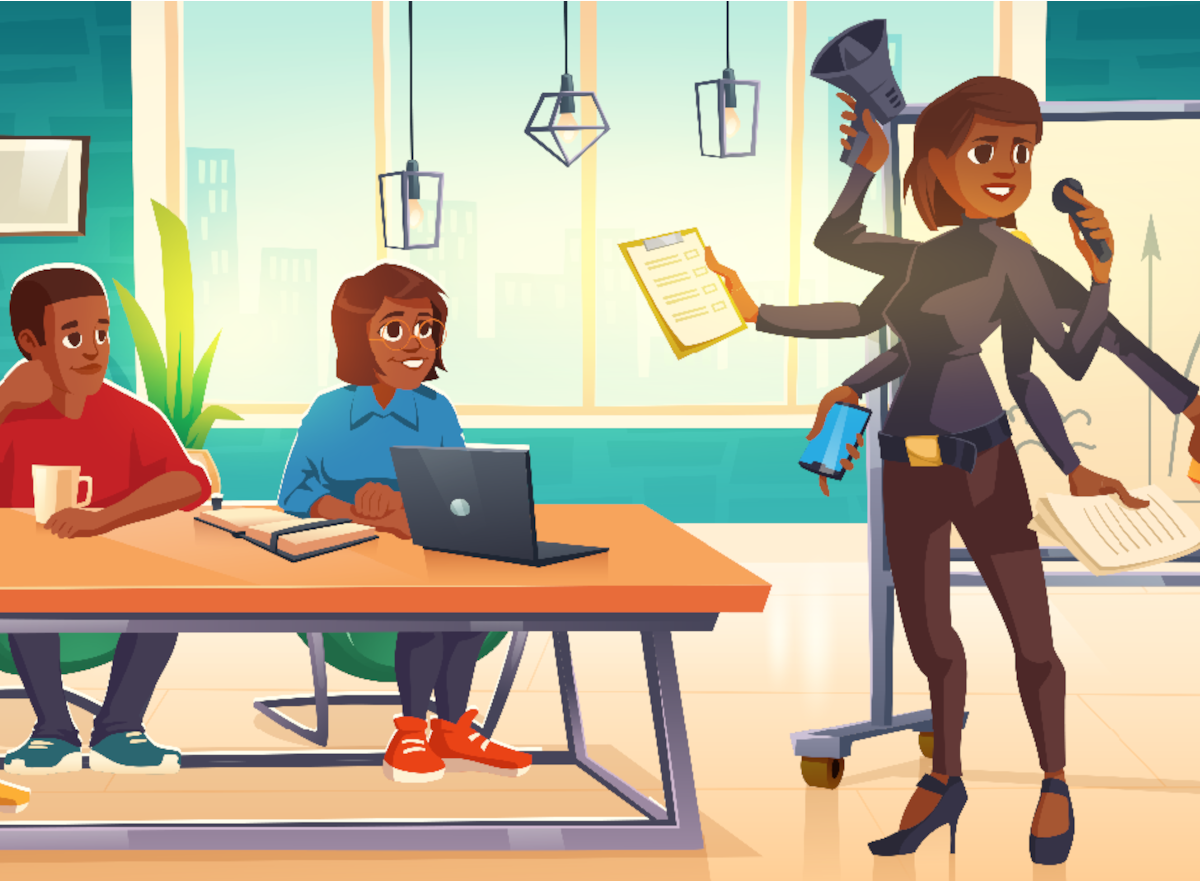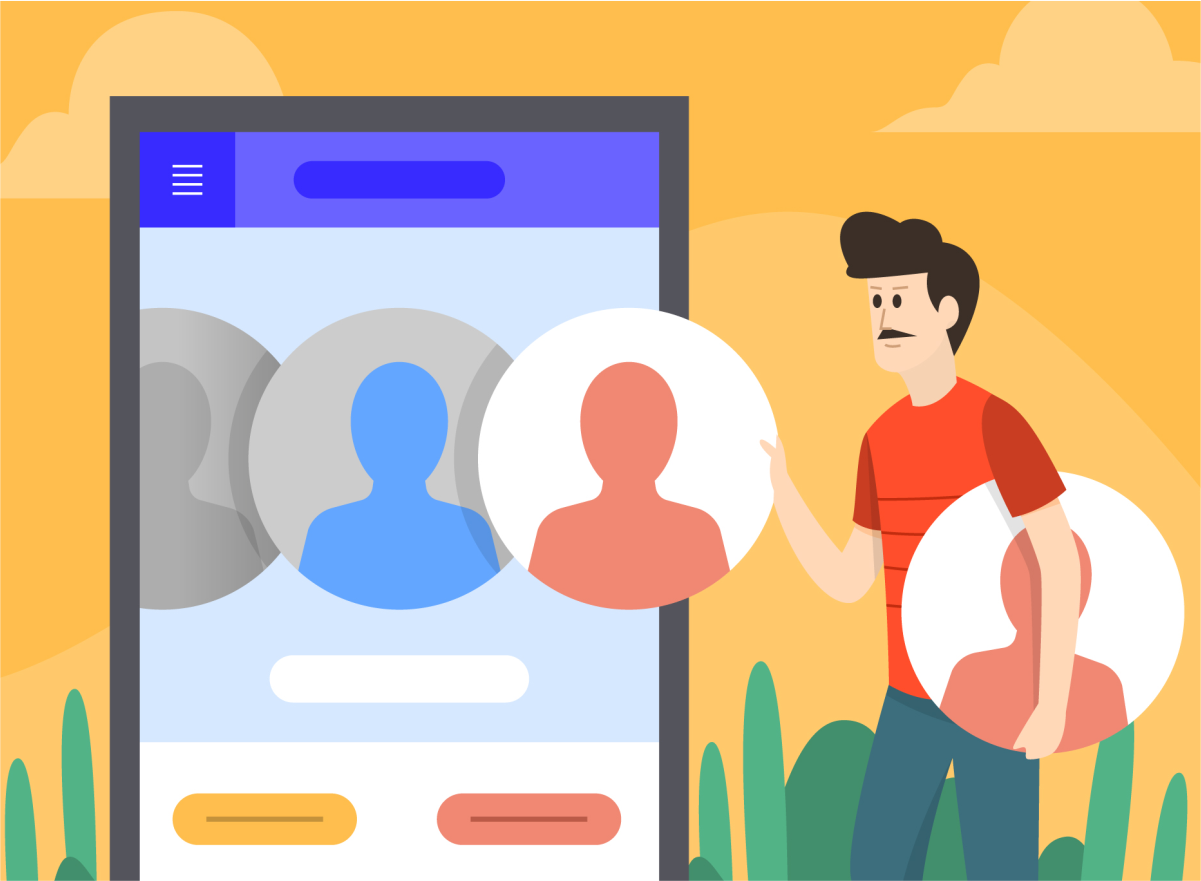Why AI Can Provide (at Least Temporary) Competitive Advantage
- business innovation
- competitive
- digital transformation
- creativity

I just read an insightful MIT Sloan Management Review article by David Wingate, Barclay L. Burns, and Jay B. Barney: “Why AI Will Not Provide Sustainable Competitive Advantage.”
The authors argue convincingly that AI, like the internet or semiconductors before it, will soon become a ubiquitous, commoditized technology. Everyone will have access, so by definition it cannot be the foundation of long-term differentiation. Instead, creativity, passion, and human ingenuity will remain the true drivers of lasting advantage.
Hard to argue with that. And yet…
The Case for Temporary Advantage
While AI may not offer sustainable competitive advantage, it can still deliver temporary advantage. And in fast-moving markets, temporary can be powerful.
AI is like electricity. When electricity was first harnessed, companies that adopted it early could run longer hours, operate new machines, and outpace their rivals. But over time, electricity became universal, no one today has a “competitive advantage” simply because their factory is wired. What matters is what you do with the electricity: the business model, the product design, the creativity. In the same way, AI may give early adopters a burst of speed, but once it’s everywhere, the lasting edge will come from uniquely human ingenuity.
- Speed to Market (TTM). Companies that adopt AI earlier or more effectively can reduce time-to-market dramatically. Automating code generation, content creation, or data analysis can shave months off product launches. That speed can secure customers, partnerships, and mindshare long before slower competitors catch up.
- Process Acceleration. Even if everyone eventually gets the same tools, there’s a window in which early movers can optimise internal workflows, improve customer service, and experiment with new offerings faster. The compounding effect of iteration cycles can create a noticeable lead.
- Learning Curve Advantage. The first teams to implement AI in real operations will climb the learning curve sooner. By the time rivals adopt similar tools, the pioneers will already have institutional knowledge, refined prompts, tailored data pipelines, and cultural readiness.
The Clock Is Ticking
Of course, these are transitory gains. The authors are right: commoditisation will erode uniqueness. But in many industries, a year or two of advantage can make or break a company. Entire markets have been defined by those who moved first, captured users, and leveraged that momentum into brand equity and switching costs.
Think of it as surfing: every competitor can rent the same surfboard, but only a few will catch the first big wave. That wave might not last forever, but if you ride it well, it can carry you far ahead.
Human Creativity Still Rules
In the end, I agree with Wingate, Burns, and Barney on the fundamentals: long-term advantage comes from people, not just technology. But I would add: don’t underestimate the strategic value of being early, even if the edge is temporary.
If AI accelerates your time-to-market, shortens your product cycles, and helps you learn faster than the rest, that temporary lead can be decisive. Sustainable advantage may still come from creativity and passion, but AI can be the jet fuel that gets you there first.




 The website includes cookies
The website includes cookies